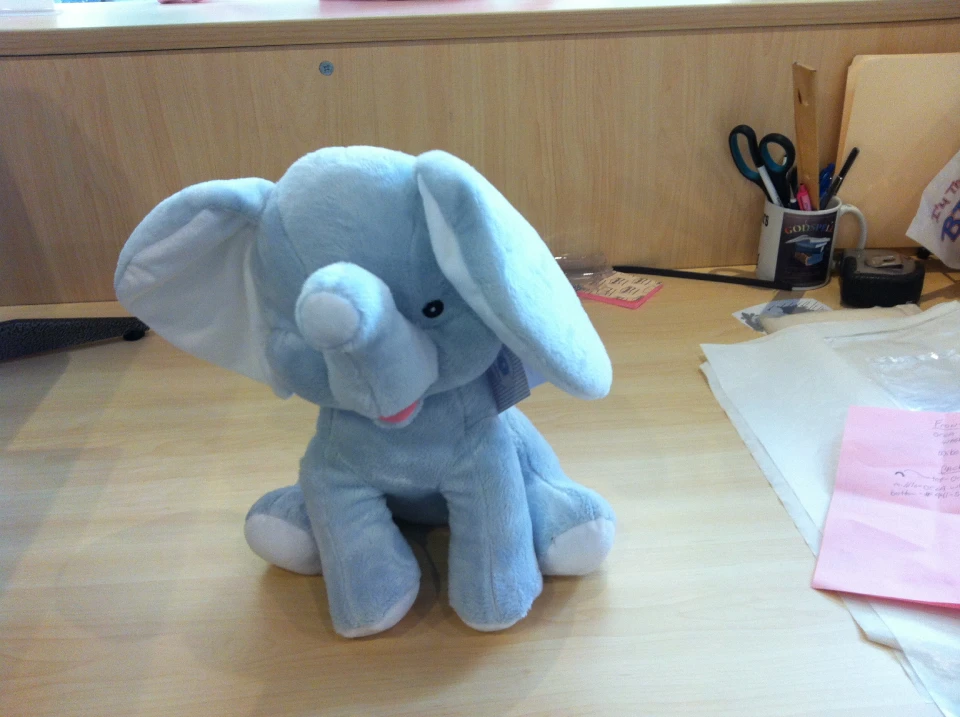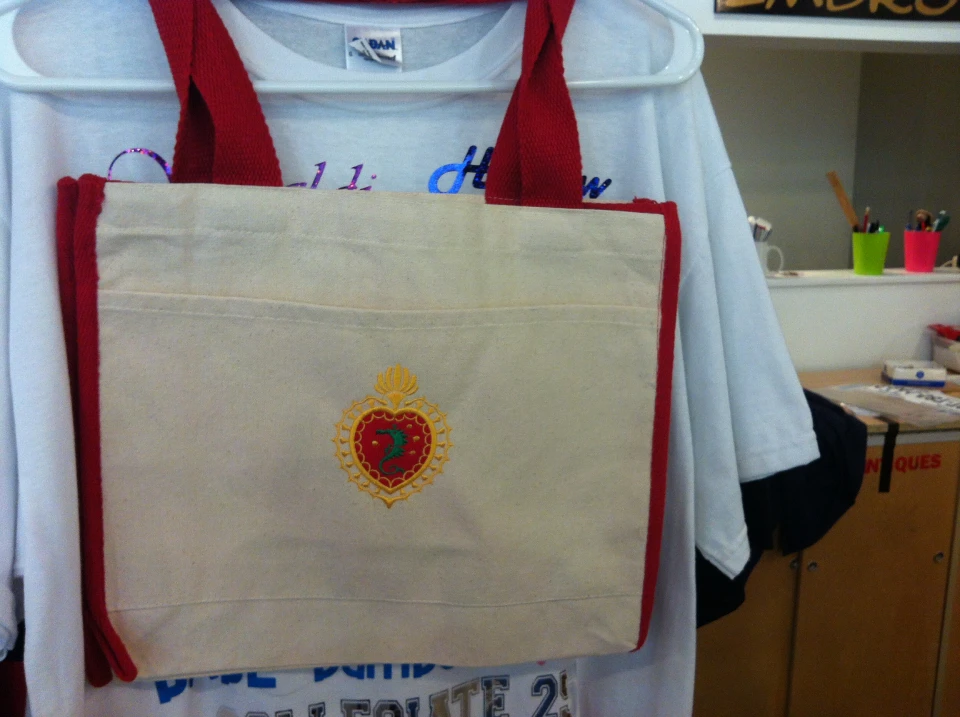Sophisticated Monogramming on Towels for a Touch of High-end
Sophisticated Monogramming on Towels for a Touch of High-end
Blog Article
The Art of Custom-made Needlework: Opening the Tricks to Creating Special and Remarkable Layouts
The keys to producing customized needlework styles that captivate the eye and leave a lasting impact lie in a delicate equilibrium of method, creativity, and focus to detail. As we delve right into the world of personalized needlework, we uncover the nuanced interaction between string selection, sew complexity, and layout personalization that boosts a simple garment to a work of art.
Selecting the Right Embroidery Threads
When choosing needlework threads, what essential aspects should you take into consideration to ensure the finest outcomes for your personalized designs? The option of embroidery string is critical in determining the final result of your stitched layout. Among the key factors to consider is the material of the thread. Different materials such as cotton, polyester, rayon, and silk provide varying levels of shine, durability, and texture. It is vital to choose a string product that enhances the textile you are stitching on and straightens with the wanted appearance of the layout.
Thicker threads can include dimension and appearance to your style, while finer threads are suitable for elaborate information and little message. Furthermore, considering the color fastness and washability of the string is vital to ensure that your personalized designs keep their quality and vibrancy over time.
Discovering Various Stitch Techniques
To dive into the realm of 'Discovering Different Stitch Strategies', one must comprehend the intricacies and subtleties that each sewing method gives the art of needlework. Different stitch methods not just add visual interest yet additionally add to the overall appearance and dimension of the style. One prominent stitch technique is the satin stitch, which entails closely jam-packed parallel stitches to develop a smooth and shiny surface, suitable for loading in shapes and creating strong lays out.
On the other hand, the backstitch is a flexible method usually used for describing and including great information. It entails sewing backward to create a solid line of embroidery. Furthermore, the French knot stitch includes a responsive component to layouts, excellent for creating textured accents like flower centers or decorative touches.
Exploring different stitch techniques allows embroiderers to play with light, shadow, and depth within their designs, elevating the visual appeal and artistic quality of their embroidery projects. By mastering numerous sewing approaches, one can open countless opportunities for producing special and unforgettable custom-made embroidery pieces.
Incorporating Personalized Design Elements
Having discovered the complexities of different stitch methods such as the satin stitch, backstitch, and French view publisher site knot, the focus currently shifts in the direction of integrating personalized layout aspects in custom needlework projects. Individualized design components play an important duty in making embroidery tasks really distinct and unforgettable.
One more means to integrate customized style components is by including icons or concepts that hold unique definition to the recipient or show their passions and character. Including a favorite blossom, pet, or hobby-related symbol can make the embroidery style extra meaningful and individualized. In addition, choosing colors that reverberate with the recipient or straighten with the desired theme can even more improve the customization of the needlework project.
Grasping the Art of Color Sychronisation

One key element of shade coordination is recognizing shade theory. This includes recognizing how different shades interact with each other, the feelings they share, and how they can be integrated to develop visually attractive layouts. By applying color concept concepts, embroiderers can create harmonious shade schemes that enhance the general appearance of the layout.
Additionally, taking notice of contrast is vital in shade coordination. Utilizing contrasting colors can assist specific components of the layout pop, boost legibility, and produce a visually vibrant needlework item. By understanding the art of shade control, embroiderers can elevate their designs and create unforgettable pieces that resonate with clients and audiences alike.
Enhancing Structure With Advanced Embroidery Stitches

French knots, for instance, are excellent for adding little, increased dots to your style, resembling the appearance of grains or creating a textured surface. Bullion knots, on the various other hand, can be made use of to develop twisted, ropelike aspects that include an elegant feel to the embroidery. Seed stitching involves tiny, scattered stitches that can fill in locations with a polychromatic appearance, while turkey job develops cosy, dimensional accents similar to animal fur or vegetation. Trying out with these innovative needlework stitches enables you to push the boundaries of traditional needlework and produce genuinely distinct and look at here visually enticing appearances in your styles.
Final Thought
In conclusion, the art of custom needlework involves a mix of selecting the right strings, exploring numerous stitch methods, incorporating tailored style elements, grasping color sychronisation, and enhancing appearance with advanced stitches. By recognizing and executing these crucial elements, embroiderers can develop distinct and remarkable designs that display their creativity and ability. Needlework enthusiasts can open the secrets to producing beautiful and bespoke items that stand apart and leave a long-term impression.
Report this page